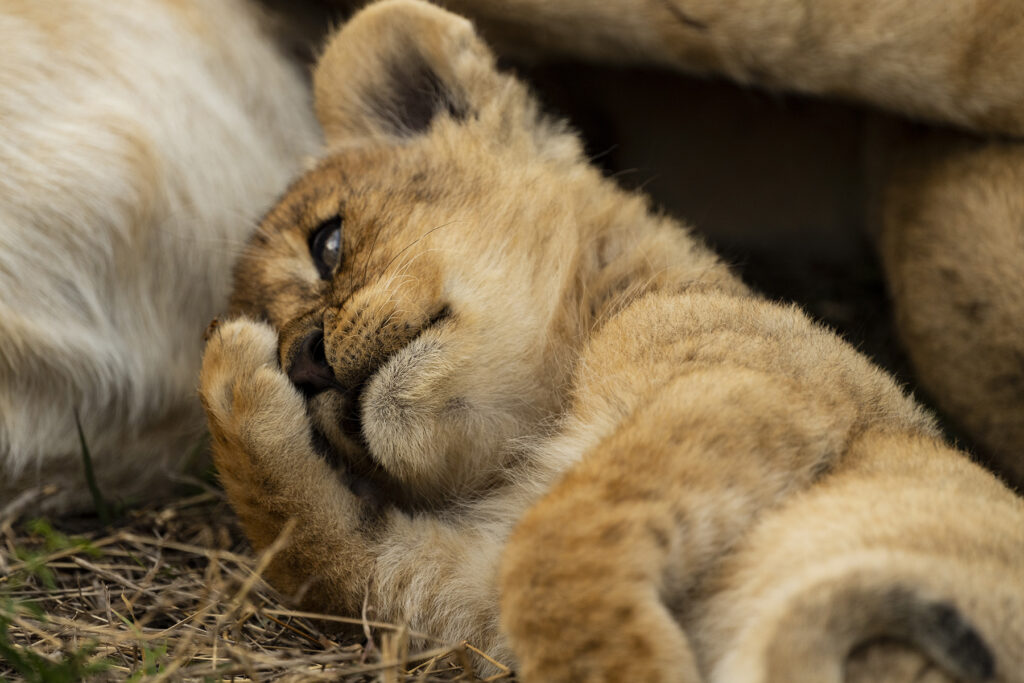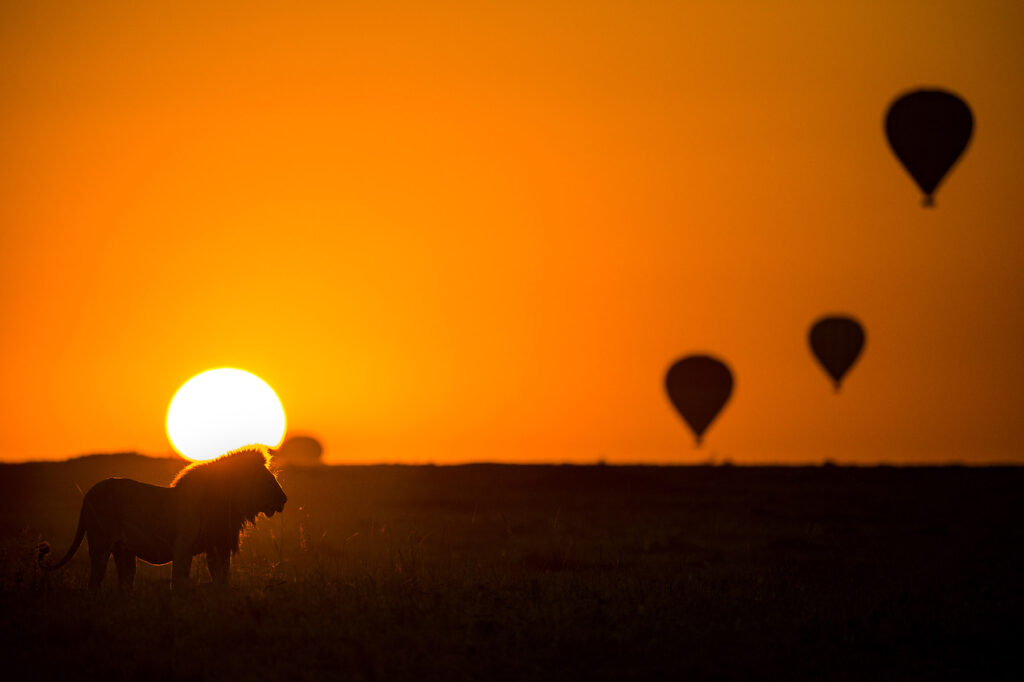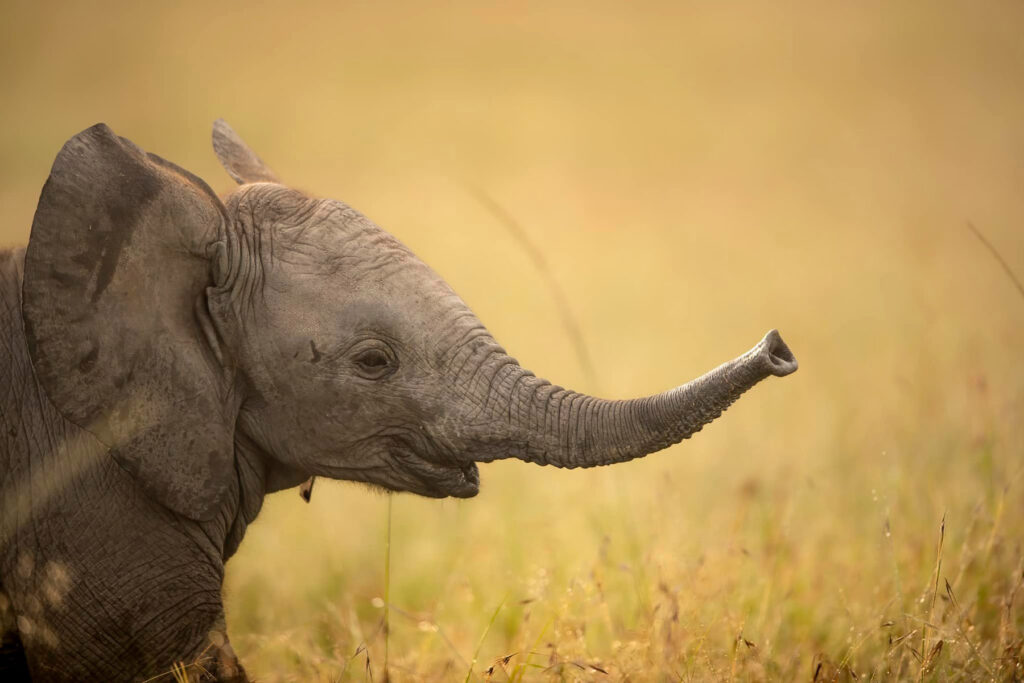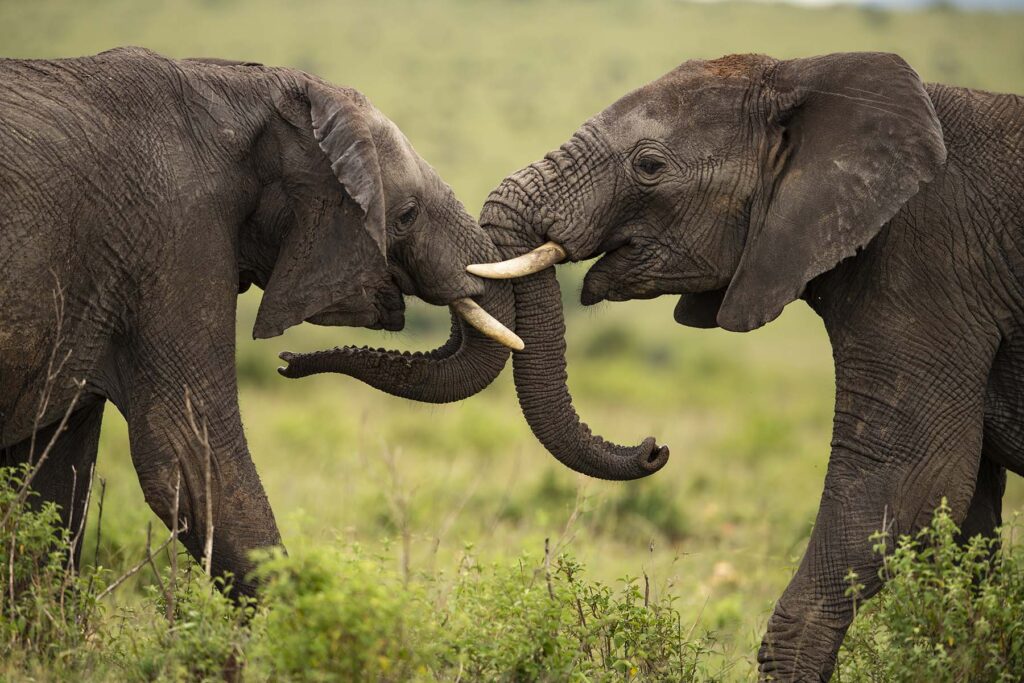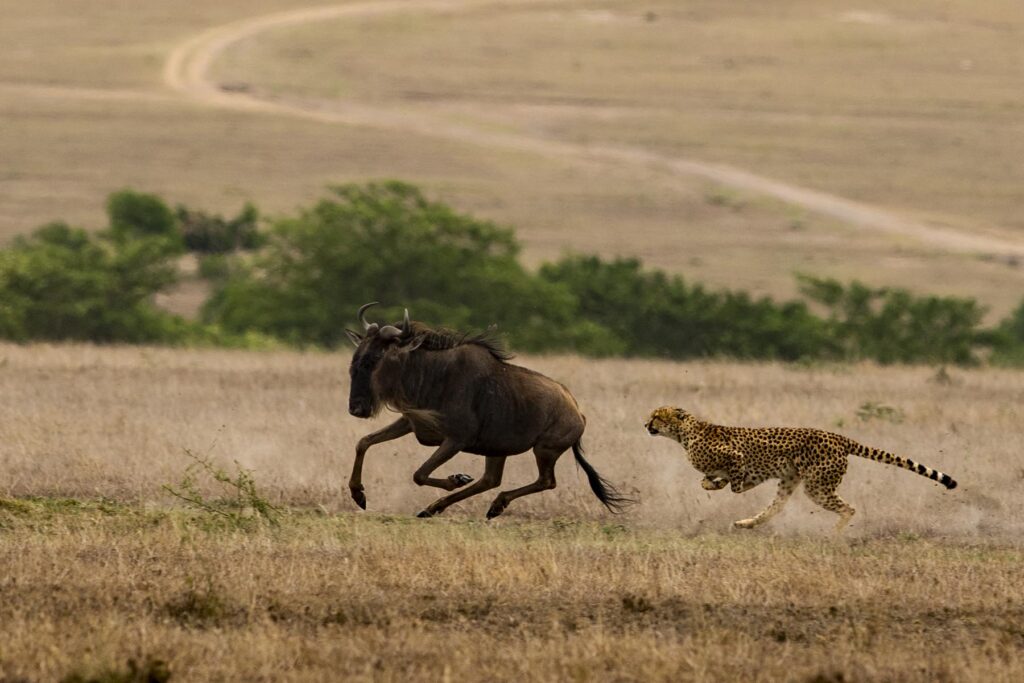WILDLIFE
The Great Migration
The Great Migration is a natural spectacle that showcases the wild heart of Africa. Every year, more than a million wildebeest, zebras, and gazelles begin a 1200 mile journey in search of fresh grazing lands. Imagine the earth trembling with the thunder of hooves. Picture the danger of the treacherous river crossings. Feel the drive of instinct as they evade predators on their way to greener pastures. Witnessing the Great Migration is an experience like no other. When you visit the Masai Mara, you gain a front row seat to the dramatic dance of life and death on the African plains.
THE GREAT MIGRATION
The Migration Route
The Great Migration begins in the southern Serengeti, where the herds give birth to their young. The wildebeest stay here for several months, feeding on the green plains. Sometime in April, May, or June the hordes of herbivores begin moving north. Within several months they will reach their first major obstacle: the Grubeti River. Those who succeed in crossing will eventually reach the savanna.
The wildebeest, zebras, and gazelles move across the savanna, grazing. From there they head towards their largest challenge: the Mara River crossing. It’s a sight to behold and the subject of many spectacular photographs. Crocodiles, hyenas, and other predators lie in wait for the weakest members of the herd. Only the strongest will survive.
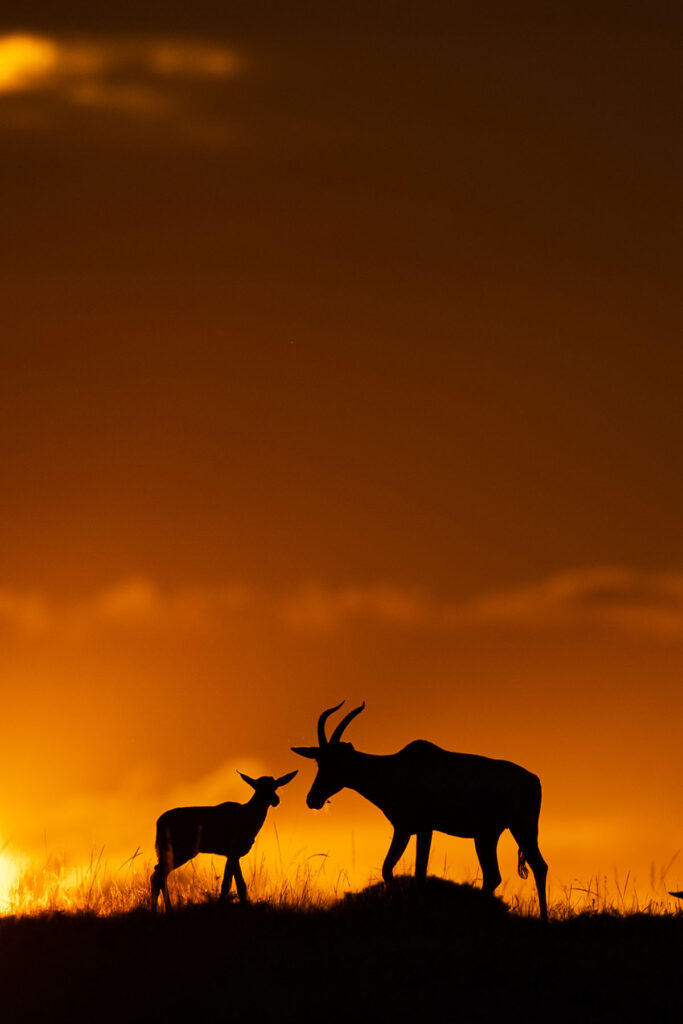
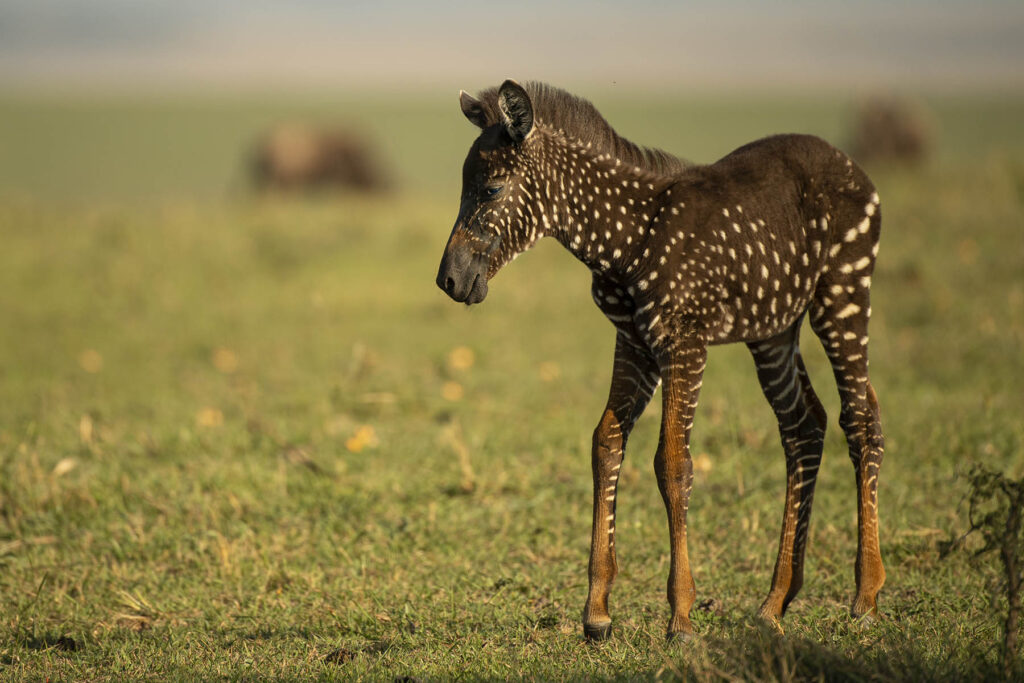
THE GREAT MIGRATION
Arrival In The Mara
Every year, the Great Migration runs from the Serengeti to the Masai Mara, and back again. Despite the seeming predictability of this natural wonder, the route taken by the herds varies each year. This is because the wildebeest follow the rains and the growth of fresh grass. A change in seasonal rains will affect the timing and route of the Great Migration. The journey is a complex and ever-changing one, as the animals move with the cycles of their natural world.
Because the rains impact the Great Migration’s timing, it’s impossible to predict exactly when the herds will arrive in the Masai Mara. Generally, we expect to see them between July and October. You can get more accurate insight into their location this year by using the Serengeti Tracker. For years now, biologists have fitted wildebeest with GPS tracking collars. This allows them to study the variation in migratory pathways. From our perspective, it allows us to see how close they are to the Masai Mara!
THE GREAT MIGRATION
Back To The Serengeti
Once the rainy season begins in November and December, the herds begin moving south. The wildebeest, zebras, and antelope leave the Masai Mara and return to the Serengeti. The return migration often takes a more direct route, taking less time to complete. The herbivores will stay in the southern plains until the following year. When the grass in the southern Serengeti begins drying up again, they will repeat their natural cycle again.
The Great Migration is a testament to the raw power and beauty of nature. Rarely do we witness millions of mammals travelling up to 1700 miles with one guiding purpose. When you book a safari in the Masai Mara during this time, you’ll experience one of the wonders of the natural world.
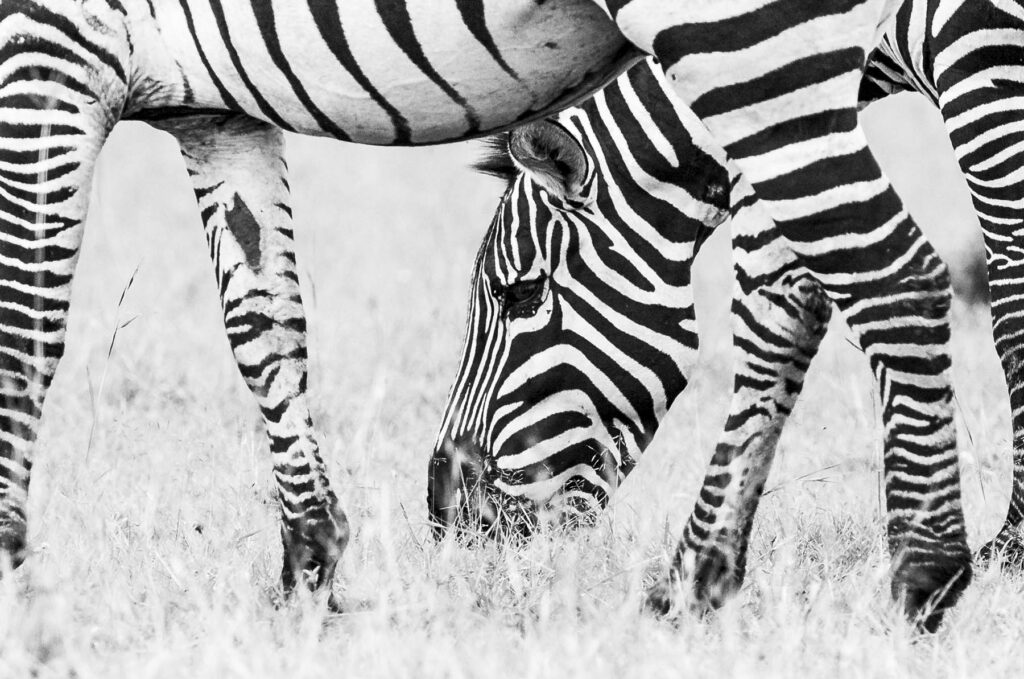
Wildebeest and zebras both migrate together in search of greener pastures. Despite both species being herbivores, they don’t compete for food on the savanna. Zebras move ahead of the wildebeest herds because they prefer the long grass. Wildebeest come behind and graze on grasses already cropped short, which is their preference. It’s a symbiotic relationship that benefits both species.

